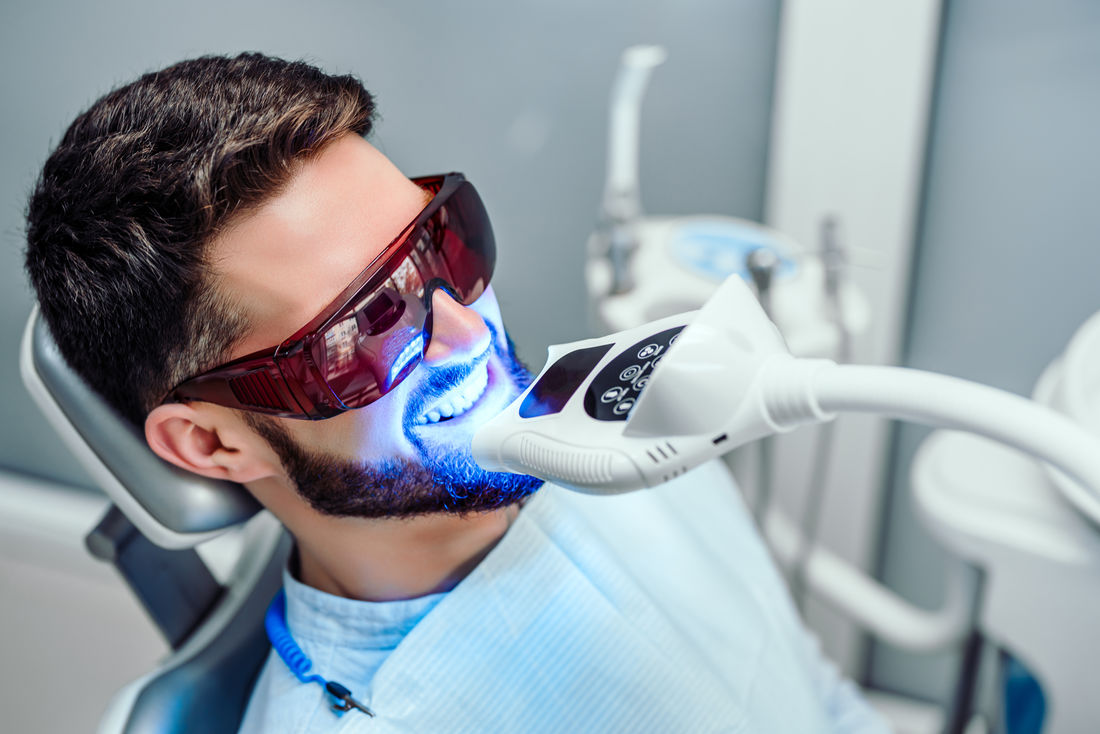 | Teeth WhiteningTeeth may be darkened by either external or internal stains Causes of External staining include:
Before the treatment, your dentist will examine the hard and soft tissues and the conditions of any existing fillings, then will discuss with you all the options & advise what’s most suitable whitening system for you. |
In-office teeth whitening:Your dentist will use a light cured protective layer that is carefully painted on the gums.
Then will apply the bleaching gel on the teeth. Most teeth whitening treatments can be done in approximately 30 minutes to one hour, in a single visit to our clinic.
At homeAt-home whitening methods include supplying you with gel that is applied in custom made bleaching trays.
Internal bleachingInternal bleaching procedures are performed on teeth that have undergone root canal treatment but are discoloured due to internal staining of the tooth structure.
The whitening agent is sealed within the tooth over a period of time and replaced as needed, the so-called "walking bleach" technique.
Teeth whitening will not restore the colour of fillings, porcelain, and other ceramics when they become stained by foods, drinks, and smoking, as these products are only effective on natural tooth structure.
Your dentist will discuss with you the alternative treatment option suitable for you. |  |
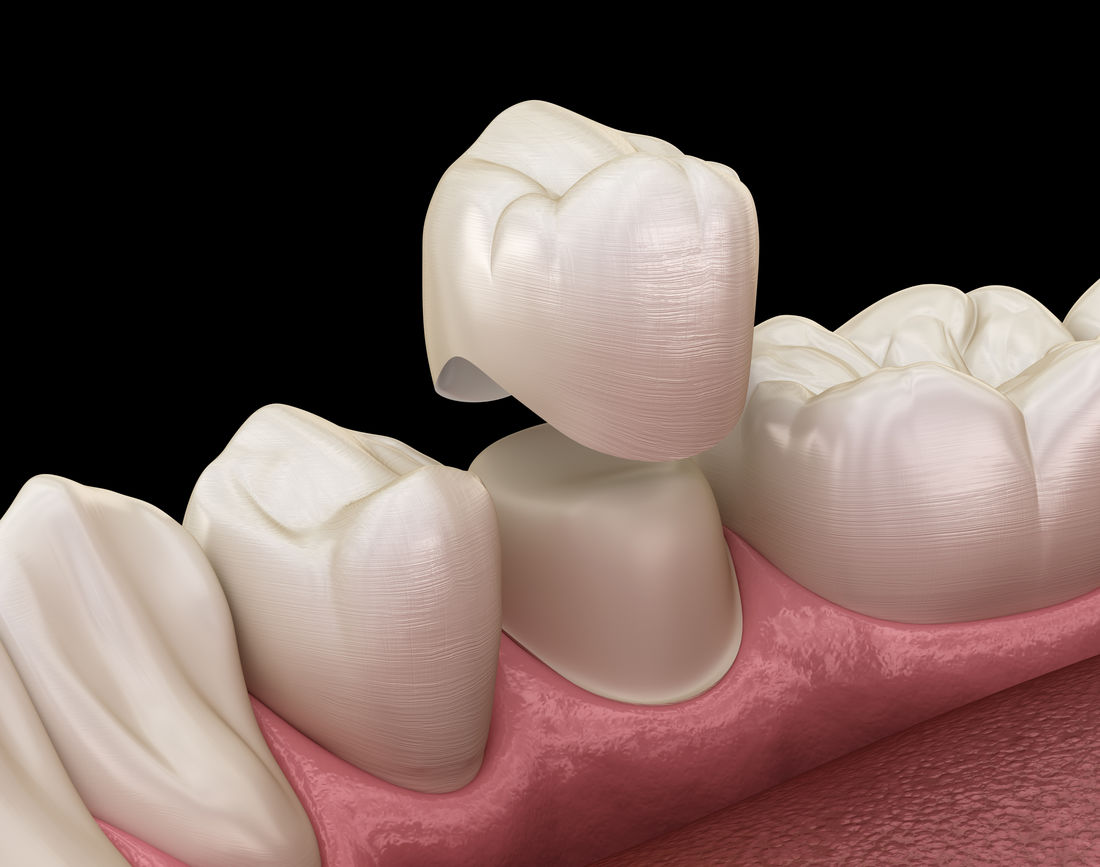 | CrownsA crown is a type of dental restorations /cap which completely cover or encircles a tooth or dental implant.
Crowns are often used to improve the strength of a root canal treated tooth, enhance the colour and shape of a tooth with severe dental problems and needs aesthetic improvements, restore a broken tooth, protect a weak tooth, support a tooth with a large filling and to cover a dental implant.
Your dentist will prepare the tooth to the required shape then will take a dental impression of the prepared tooth & will send it to a certified Australian laboratory to fabricate your crown. The crown can then be inserted at a subsequent dental appointment.
Crowns can be made with different materials. The choice will be made after the assessment of the remaining tooth structure, space remaining for the placement of the crown, bite and aesthetics.
Your dentist will discuss the different crown types with you & will advise you with the most suitable treatment option, according to your needs. |
BridgesA bridge is a fixed dental restoration used to replace a missing tooth or several teeth by joining an artificial tooth permanently to adjacent teeth or dental implants.
This is most effective when the gap is small and the teeth on either side of the gap require crowns. Bridges not only replace missing teeth, but also restore the integrity of the jaw, function (mastication, talking), support the cheeks and prevent remaining teeth from drifting out of position
Bridges are made mostly in porcelain, porcelain fused with metal, or gold. Your dentist will perform the procedure in two appointments.
On the first visit, your dentist will prepare the teeth, take impressions, and fabricate a temporary bridge to protect the prepared teeth and prevent drifting of the adjacent teeth until the permanent bridge can be placed. The impressions will be sent to one of the best Australian certified laboratories
On the second visit your dentist will cement the bridge and check your bite. Also your dentist will demonstrate to you the proper techniques to look after your bridge. | 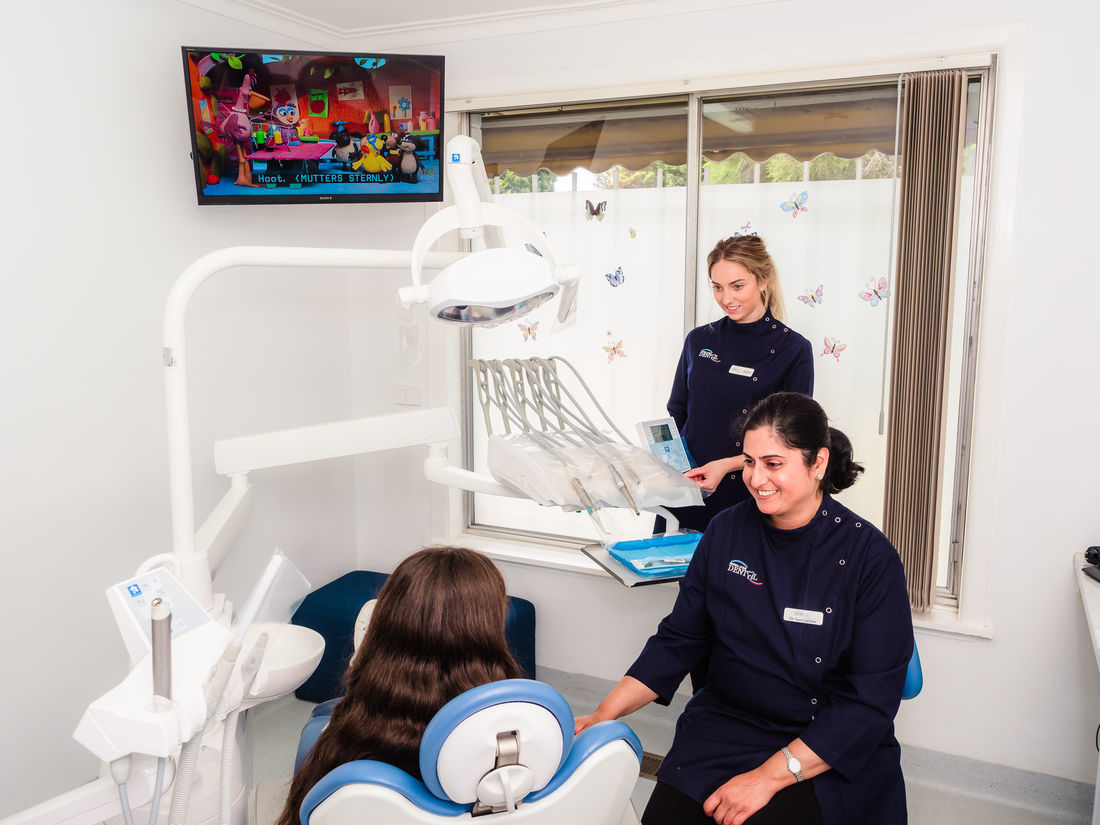 |
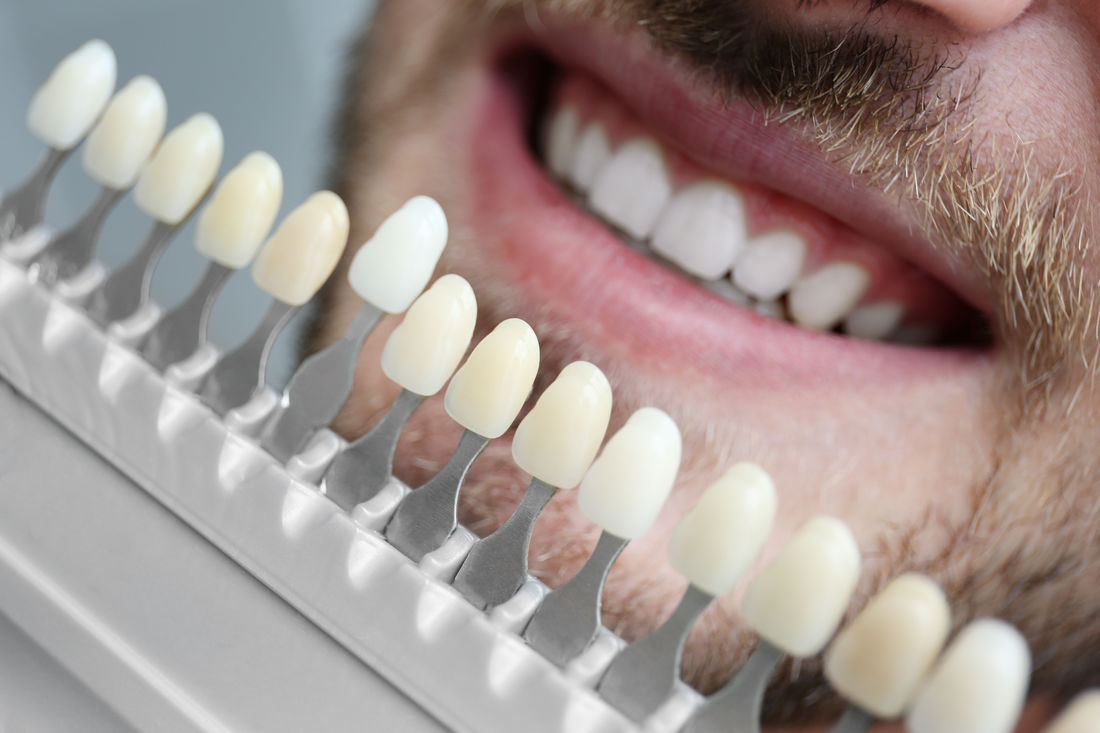 | VeneersA veneer is a thin layer of laminate that require minimal to no tooth preparation, placed over a tooth.
Veneers are used to improve the aesthetics of a tooth/teeth by closing the gaps (black triangles) between teeth caused by gum recession, lengthen teeth that have been shortened by wear, provide a uniform colour, shape, and symmetry, and make the teeth appear straight.
It is also applied to discoloured teeth that won't whiten.
There are two main types of veneers according to the material used: composite and dental porcelain. A composite veneer: is directly placed (built-up in the mouth), to reshape your teeth that are chipped or cracked.
It is a simple procedure that can be completed in a single visit.
Composite veneer is relatively inexpensive, looks natural and easily repairable. A porcelain veneer: is indirectly fabricated in a dental laboratory after taking impression of the teeth and later bonded to the tooth using cement.
It requires two visits
Porcelain veneers last longer than composite veneers and are more conservative alternative to full crowns. Your dentist will discuss the different types of veneers with you and will help you to regain your smile. |
Dental ImplantsWith today’s modern dentistry, we can replace missing teeth with dental implants either to hold a crown, bridge or a denture.
A dental implant is a surgical component that interfaces with the bone of the jaw or skull to support a dental prosthesis. It is made of a strong, bio-compatible material (mainly titanium).
The basis for modern dental implants is a biologic process called Osseo integration where materials, such as titanium integrate with the bone. Dental implants usually require two stages/visits.
Stage one: is the surgical stage where the implant fixture is placed into the jawbone (which could be as convenient as a tooth extraction), so that it forms an intimate bond to bone.
Then stage two when a dental prosthetic is added such as a crown, bridge or a denture. Dental Implants have considerably advanced over the past decade with a very high success rate.
Your Dentist will discuss your suitability to have dental implants after an initial consultation where your dentist will discuss your health history, perform a comprehensive examination to check the condition of your gums and jawbone and determine if you require any additional treatments. | 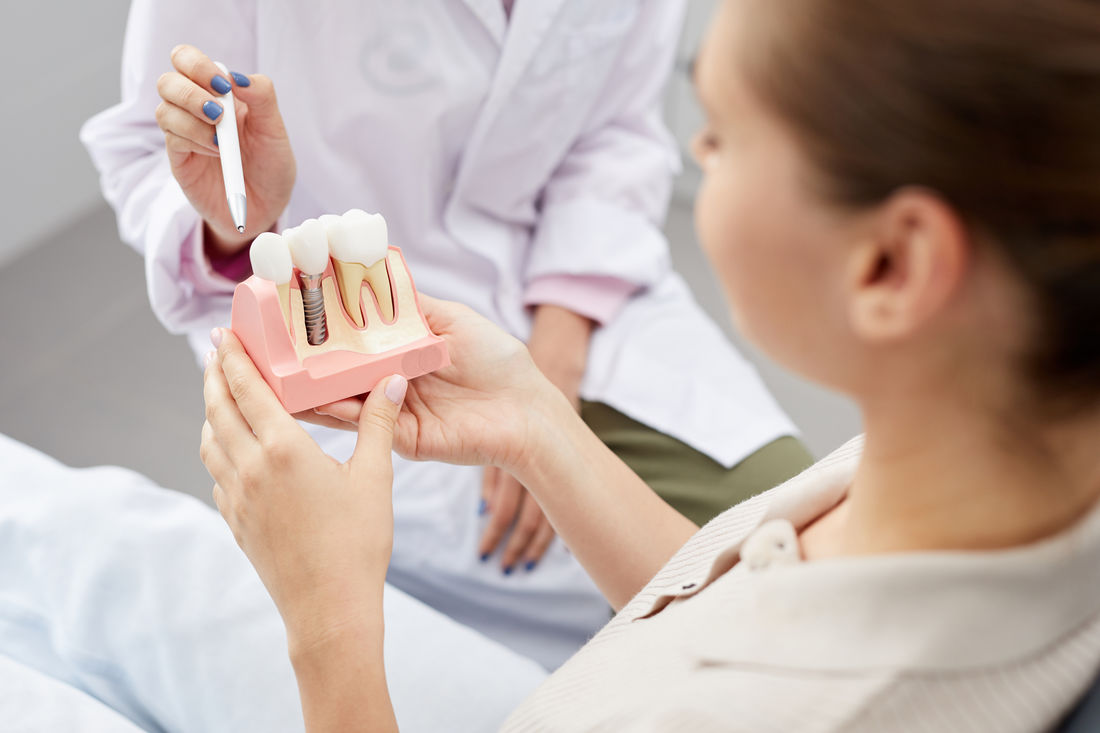 |
